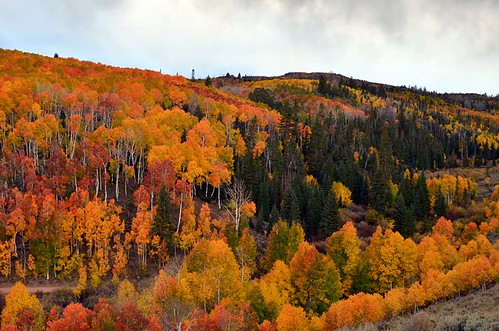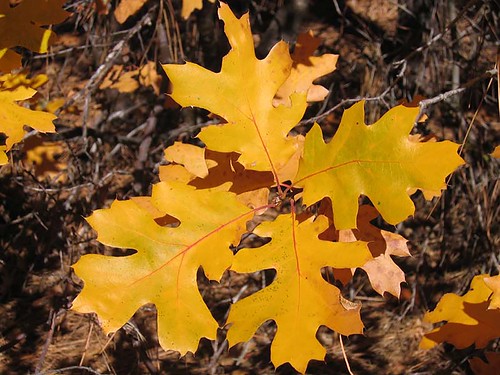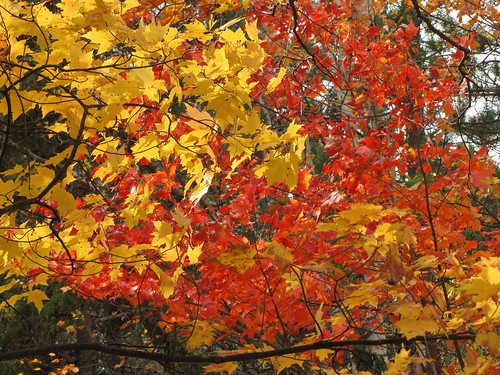
Forests become a veritable garden in the fall, presenting a riot of color in national forests as well as on the streets where we live.
But what exactly is going on in those leaves? How – and why – do leaves change color, and why is there so much variety? It boils down to chemistry.
Pigments are the chemicals in leaves that produce the colors we see. Some of these pigments, like chlorophylls that appear green, and carotenoids that appear yellow, are a natural component of healthy leaves during the growing season. Chlorophyll is instrumental in photosynthesis, the process by which energy from sunlight combines with water and carbon dioxide to make sugars that fuel plant growth and protection. During the summer months, when the tree is growing, chlorophyll is continually replaced but it begins to break down over time.

Autumn’s shorter days and colder temperatures are less conducive for growth, and photosynthesis is reduced. Chlorophyll continues to deteriorate during this time, and at this point not as much is replaced. The first frost triggers a dramatic increase in the breakdown of chlorophyll and the yellow and orange carotenoids are “unmasked” and become the dominant color seen in the leaves of many tree species.
Tree species found in northern landscapes, such as red and sugar maples, have an even broader color palette. These species also have red and purple pigments called anthocyanins that develop in late summer and fall and are largely a response to external stress, such as the first frost. The more anthocyanins produced, the more brilliant the red. Shades of red are influenced by how anthocyanins interact with other factors in the leaf, including the acidity and mineral content within leaf cells.
Depending on the magnitude and timing of environmental cues like fall frosts, and the mix of tree species present, forests can become a mosaic of green, yellow and red pigments across the landscape. Exploring and tracking these shifts in leaf color across time and space is a tradition enjoyed by the many “leaf peepers” in the northeastern U.S. and elsewhere around the world every fall.

